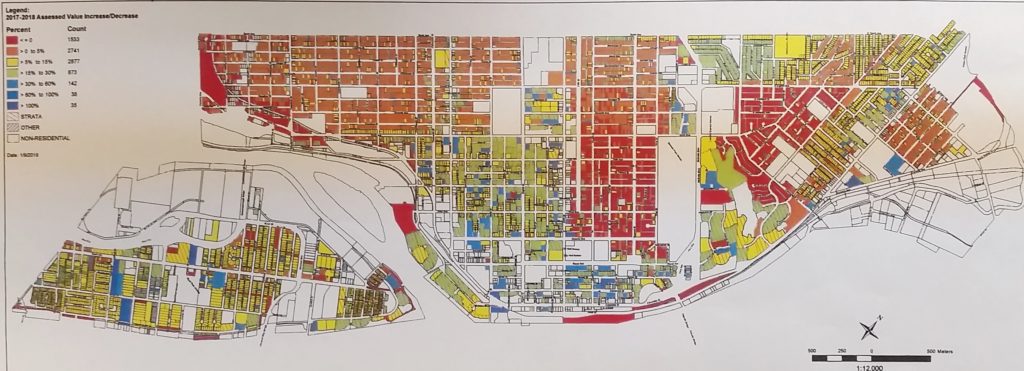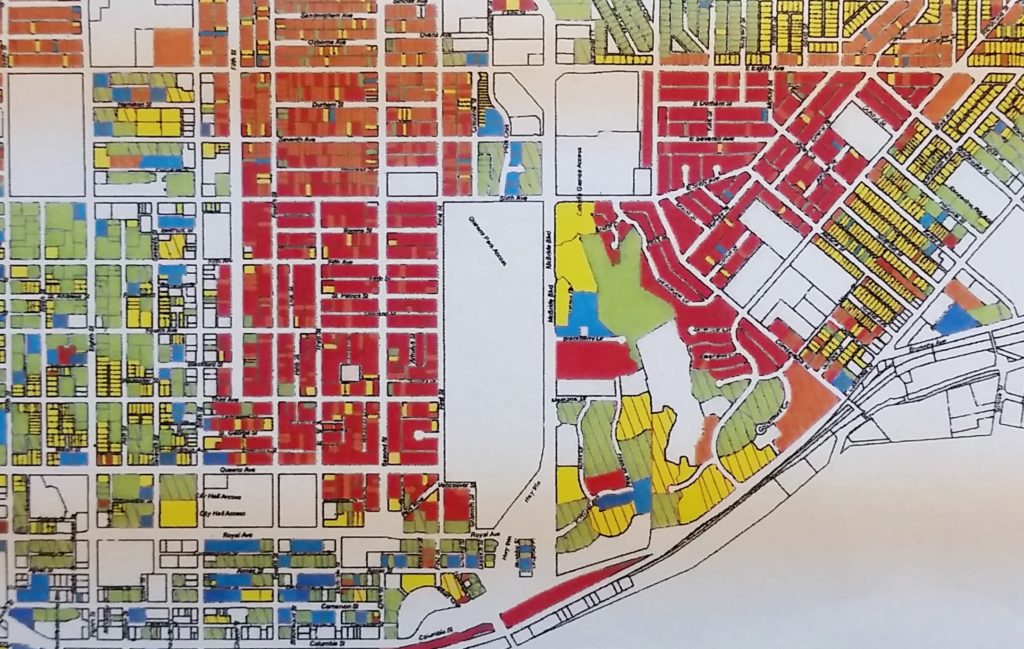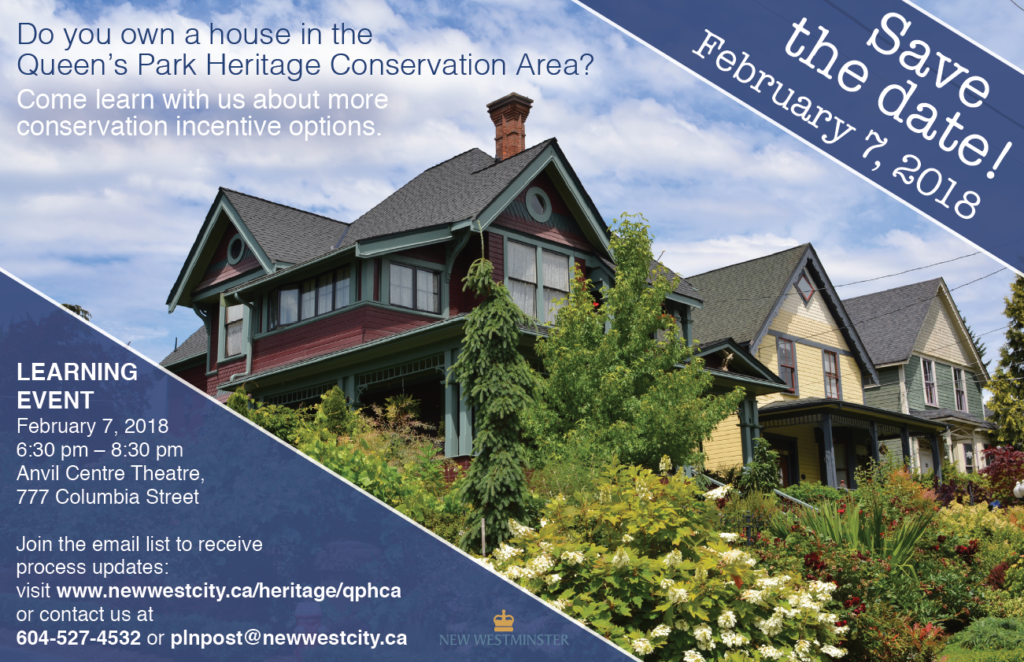Another council meeting, and another delegation from residents concerned that the Heritage Conservation Area in Queens Park has unleashed economic disaster on Queens Park. I have not written up my notes from yesterday’s meeting yet, but I first want to talk about a subject that came up in the Open Delegations, and a meeting tomorrow about it.
I feel the need to explain that I am a champion for people delegating to keep Council informed about their concerns. I want Open Delegations to be an inviting and comfortable place, and am cognizant that there is a power dynamic here. My directly challenging delegates could be seen as – can genuinely feel like – I am “punching down” from a position of authority. For that reason, I am very sensitive in that setting not to engage in a debate about the facts delegates present. Too often that comes across as challenging their right to be heard. If I counter their facts in that setting, it can be construed as dismissing or doubting their opinions, and ultimately, not being respectful.
So I often takes notes and thank them, and save my questions or comments to delegates for points of clarity, to reinforce things I agree with, or to initiate discussions about how Council or Staff can operationalize around their concerns (see other delegations that day).
Regular readers (Hi Mom!) would also note I have an itch to correct the record, so I am writing this to correct one common theme I heard, with all due respect to the strongly felt convictions of the delegates: There is simply no evidence that the Heritage Conservation Area has impacted the values of homes in Queens Park. At least, not yet.
When the annual BC Assessments came out recently, many people noted that housing values have not increased as much as condo values this year. This is a trend across New West and the region, and may be attributed to condos starting to “catch up” to the last few years of significant increases in the single family home sector. It also appears that many single family homes remained stagnant or even decreased slightly in value this year. This is the case for most homes in Queens Park.

A careful analysis of individual homes throughout Queens Park, however, show that there is no bulk difference between homes that fell under higher levels of protection (those built before 1940) and those with limited or no protection. With only a few exceptions, the variations within the neighbourhood seems more related to the block the house is on than anything else.

Perhaps more tellingly, homes in the Glenbrook and Upper Sapperton neighboruhoods had similar stagnant or slight reductions in value. These houses are not (for the most part) older homes, have no Heritage Conservation Area, and only resemble Queens Park in that they are fairly high-value homes on relatively large lots. If the HCA caused the stagnation in Queens Park, we will need another, yet completely separate, explanation for this remarkably similar stagnation on the other side of McBride. Declines were generally 1-5% in both areas.
Note, the 2018 assessment were completed only a month or so after the rules around the new HCA were developed. Although there was a 6-month temporary conservation measure and significant community conversation about the potential HCA, it is fair to say that the implementation of the HCA may not have had an impact on the Assessors work, but the market by that time definitely had a strong wind that something was going to happen, what with the Lawn Sign war and all.
What I m saying here is that we don’t yet know the short- or long-term impact on housing values related to the HCA. We have evidence from other jurisdictions that there may be a small short-term decline, followed by accelerated increases, and that the long-term trend is towards higher values. However, give me a trend you want to see, and I can probably find a Heritage Area somewhere that matches it. There are hundreds of districts like this around North America, and there are too many confounding variables to say with certainty what the impact will be. The best bet, based on an accumulation of data, is that the impact (positive or negative) will be small.
I do want to emphasize that increasing property values was not a goal of the HCA; protecting the heritage of a unique neighbourhood was. That said, Council recognized that the heritage goals will not be met simply by banning demolitions of heritage homes, but we need a suite of measures to encourage residents to preserve the neighbourhood. Preventing demolitions was priority #1 simply because of the timelines imposed by the Local Government Act, setting up regulations around renovations, repairs, and upkeep was also a high priority.
The City recognizes the need to provide more “carrots” to give people reason to invest in their heritage properties. So we are working through a process of determining what an appropriate set of incentives are that will make it more attractive for people to take advanced protection measures (like Designation), potentially help with specific cases where the broad brush of the HCA may make it difficult to fulfill their zoning entitlements, or where we can find opportunities to increase housing choice, affordability, or flexibility while protecting heritage assets.
Having started this post speaking of the group of delegates from yesterday, I do want to note that the final delegate on the topic did provide a pretty well-organized list of potential incentives that should be part of the conversation. Coincidentally, there is an Open house at Anvil Centre on Wednesday Night where staff, residents, and subject matter experts can talk about this. It may be worth while attending if you live in Queens Park: